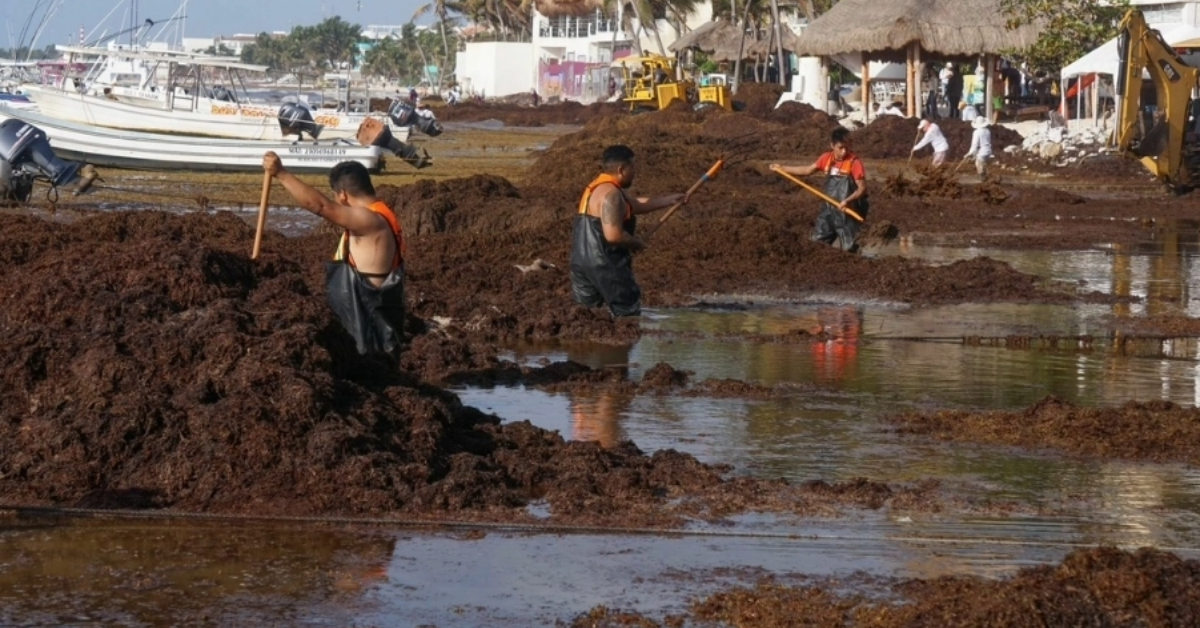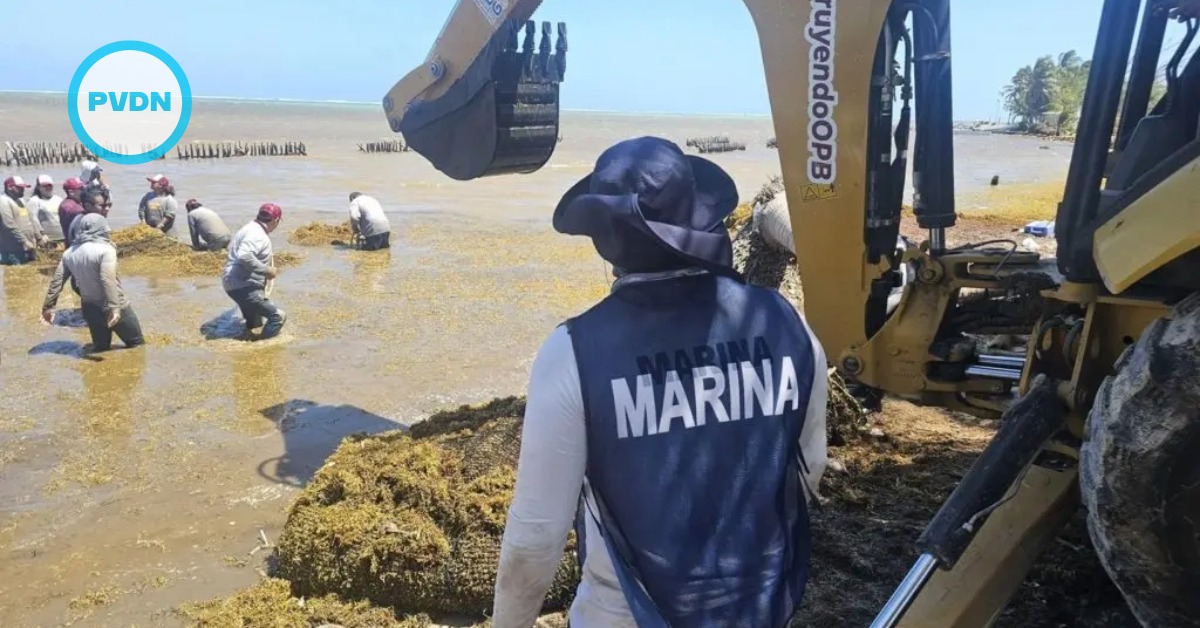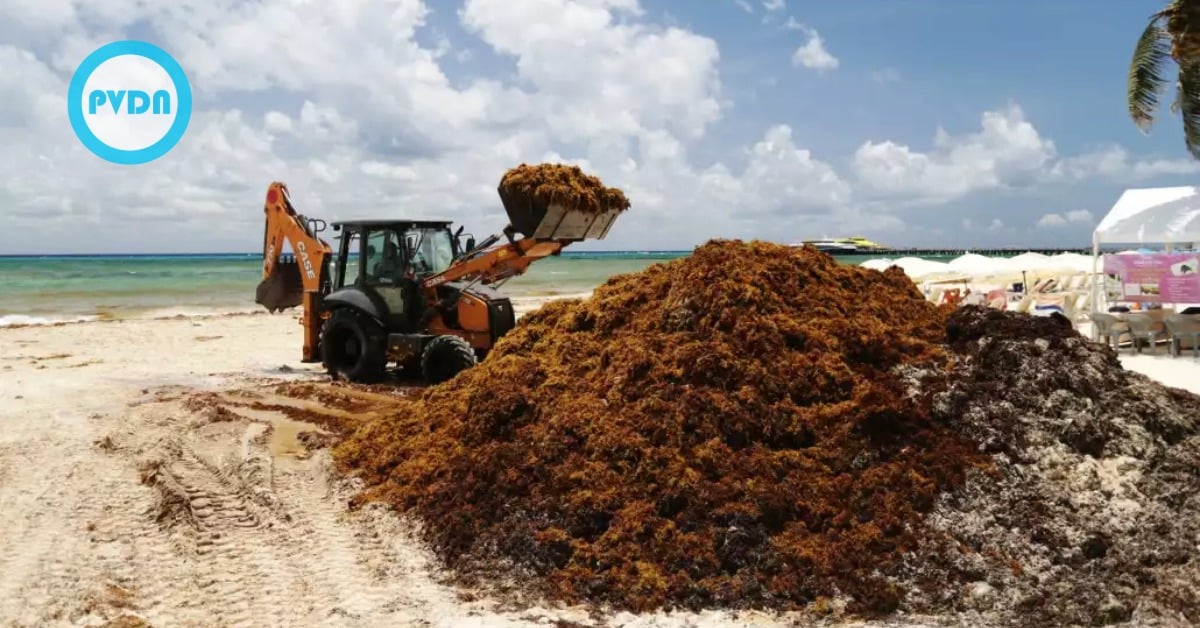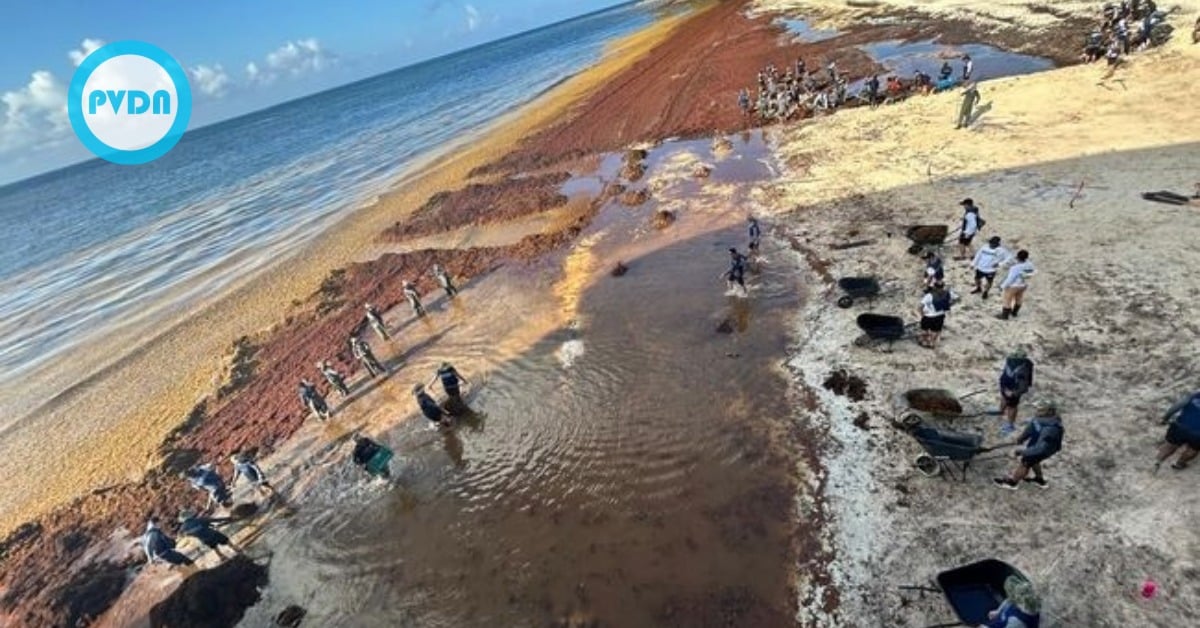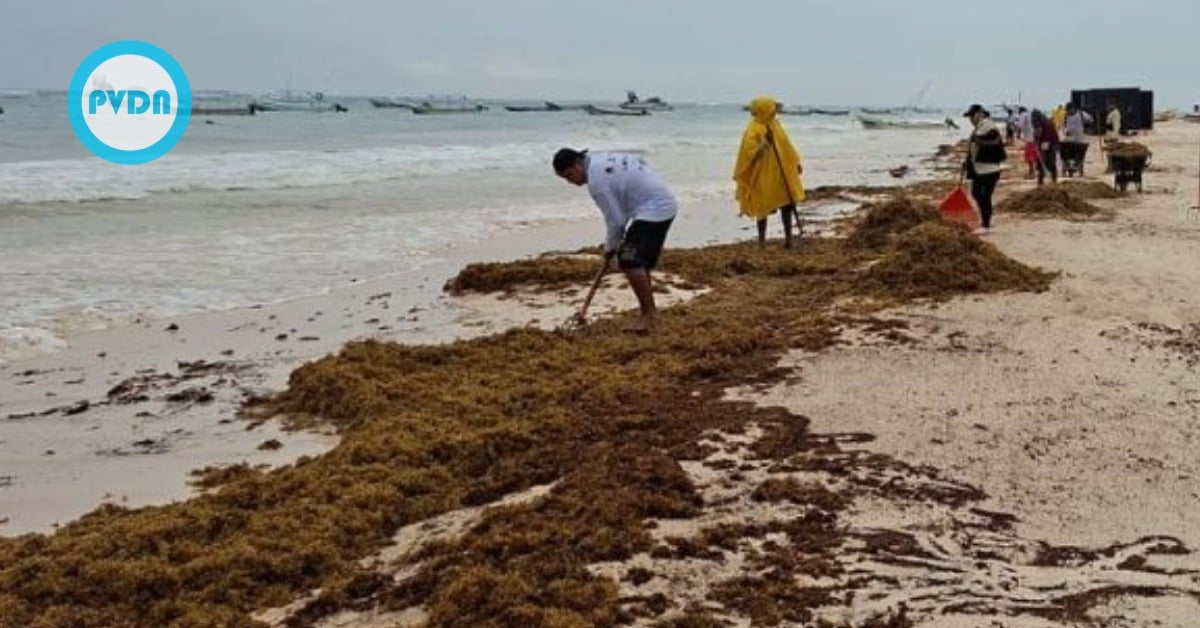Discover the latest Caribbean sargassum forecast predicting 400,000 tons this season and its impact on coastal ecosystems, reefs and tourism.
Mexican coastal communities brace for a historic surge of sargassum seaweed this hurricane season after UNAM researcher Brigitta I. van Tussenbroek warned that an estimated 400,000 tons of the algae will arrive on the Caribbean coast this year. Of that total, around 100,000 tons could wash ashore along Mexico’s beaches, posing serious threats to tourism, fisheries and fragile coastal ecosystems.
In a recent article published in


